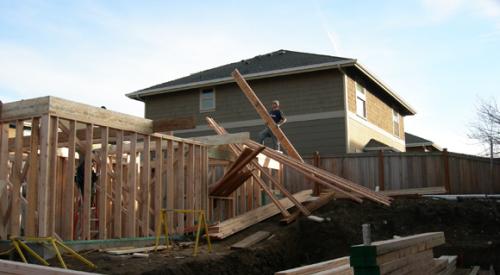The idea of running a 100 mile race ten years ago was as inconceivable and foreign to me as the possibility of a 6 year real estate crash. As it turned out, last month I got to experience both of these.
One benefit of running a 100 mile mountain trail marathon is a lot of thinking time – and I mean a lot. During this bucket list adventure, I thought of the many parallels between today’s home building business and ultra marathons. Six years ago, when I was a homebuilder, it seemed like home building was a sprint: each month running at maximum speed/a dash for the cash – to grab as many sales and closings as possible.
In 2006, as the economy slowed, so did the pace of homebuilding and its activities. Home building morphed from a sprint pace into a marathon, requiring more discipline, more training, leanness, and sustainable pacing. Unfortunately, in the past two years, homebuilding has morphed yet again, this time into an ultra marathon, requiring even more extensive planning skills, energy conservation planning, extreme focus, and most importantly, the ability to block out pain.
So it went with my ultra marathon race – the Lean Horse 100 Mile Trail Run in Hot Springs South Dakota. There are three key factors to a successful race – 1) fitness, 2) planning and 3) sustenance. Clearly, running for 22 hours requires some level of fitness, but fitness is the result of a training plan. Planning the time, resources, equipment, etc. was much more complicated than a 15 minute run around the block. The extended distance and time required runners to have a well thought out sustenance (fluid and fuel) strategy, too. Participants want to run lean; carrying only what is needed for each section of the trail between the 7 aid stations. In this event, I calculated, planned and staged the supplies in allotments totaling 6 gallons of replacement drink, 8,000 replacement calories, 20 salt pills, and other essential mineral replacement.
The homebuilding corollary to this ultra marathon success would be developing a plan for a sound balance sheet and lean overhead (fitness), determining the pace the organization must maintain (planning), and diligently focusing on both working capital and cash flow (sustenance). Clearly, the 4Ps are important (Product, Place, Price and Promotion), but perhaps thinking “ultra marathon” may be just as appropriate as well; especially the blocking out the pain part.
If you want to know more about personal or professional fitness please contact me at CharlieS@woodlandobrien.com. I gotta run now…










